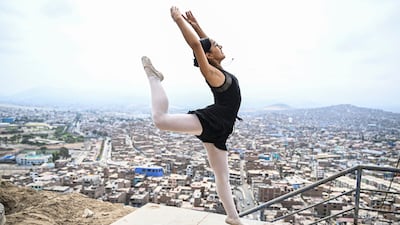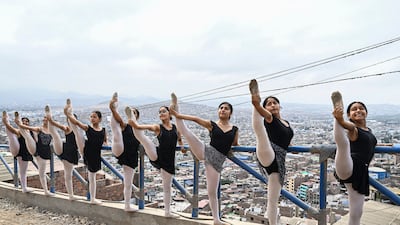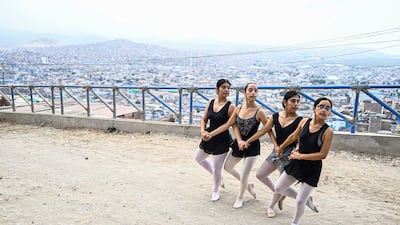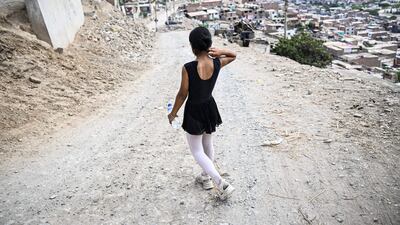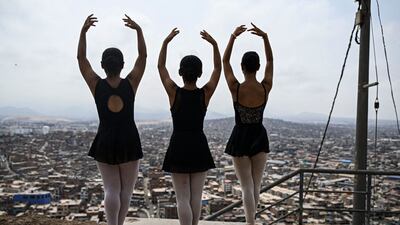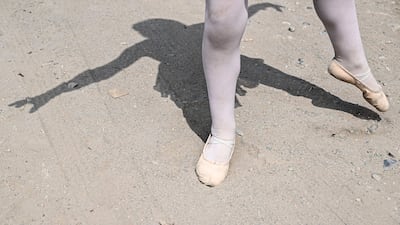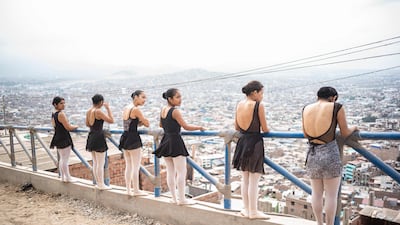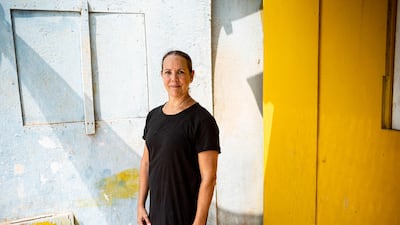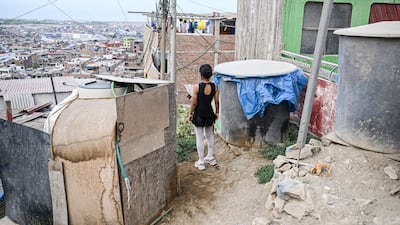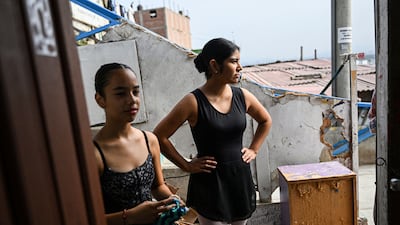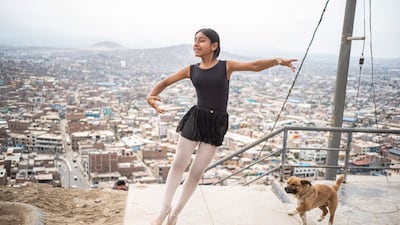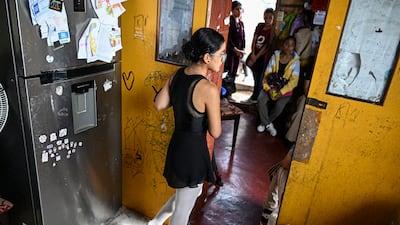On a barren shanty town hill in Lima, a group of girls in white leggings gamely tiptoe around a rocky, dusty path.
“And onnnne, twoooo, threee, fourrr”, hums the ballet instructor, whose day job is selling rubbish for recycling.
It's not likely any of her students will make it as a professional dancer, says Maria del Carmen Silva, or La Miss, as her students call her — slang for teacher here.
Today, the teacher on the hill is more interested in healing than in the talent of her little “fairies.”
Ms Silva started classical dance at the age of 12, danced until she was 33 and now aged 58 she is leading an initiative to improve the lives of poor girls and teenagers through ballet, a dance long associated with a demanding (thin and white) aesthetic.
We had to be “thin, with long limbs, a small head and extremely flexible,” recalls the former dancer with the national ballets of Peru and of neighbouring Chile.
Ms Silva, who is fair-haired and has light eyes and a comfortable life, began volunteering in 2010 at a public school in the very poor coastal district of Chorrillos. There she met the girls of San Genaro II, a settlement 300 metres above the level of the Pacific where in the last four decades some 500 families have settled in wooden houses with corrugated metal or zinc roofs.

Rehearsing on the hill
An endless number of stairs zigzag up the hills above Chorrillos, where the poor live. Up here, there is no drinking water, and locals are supplied by tankers or public wells. Most people in the district eke out a living in the informal sector which in all of Peru reaches 75 per cent of the working population, the highest rate after Bolivia, according to the International Labor Organisation.
Ms Silva confesses, half-ashamed, that she came to school looking for a typical dancer, but she found girls with “short legs, flat feet or without much instep.”
Sadly, above all, so many could barely muster a smile, when their everyday concerns were so pressing.
“Some of the girls have their dads in jail; others have been raped or mistreated by their parents; and some have told me, 'My dad beats my mum,'” she notes sadly.
“I am from a different economic class, so I didn't even realise that they were leaving because they couldn't afford the clothes; because they don't even have water and sometimes not even anything to eat,” she says.
That's when she said she had a mental breakthrough. “I told myself: forget about that perfect dancer, that perfect prototype, and reach out to the human being.”
Now she organises some rehearsals on the hill, despite the fact that her knees already suffer from the bustle between San Genaro II, the school, and the small school that she runs in a religious complex in Miraflores, one of Lima's more affluent districts
'A different person'
In Miraflores girls from “both economic situations” sometimes mix and it is a collection point for donations and for the cardboard, paper and bottles that the Silva ballet recycles to raise funds for costumes.
But only a few of those who attend the Silva ballet, she points out, realise the world of dirt and poverty from which her “fairies and princesses” emerge.
“Balance, balance, 'leap,' and up and two,” she croons as she guides nine schoolgirls on a busy thoroughfare. “I try to bring beauty where everything seems ugly, a drop of light where everything is black,” says Ms Silva pointing to the group with a grimace.
“Despite the dirt from home they already want to be clean, they have their hair well combed, now they don't walk with their eyes looking at the ground.”
She firmly believes that her ballet heals self-esteem.
“I didn't consider myself pretty. I was very shy, didn't say anything and now I can express myself,” confirms Maria Cielo Cardenas, 20.
“In ballet I am a different person, I feel like a princess, especially when we have performances and we put on costumes and crowns,” she says.
In January she and her partner Kerly Vera, 19, won a scholarship to study dance in Barcelona.
